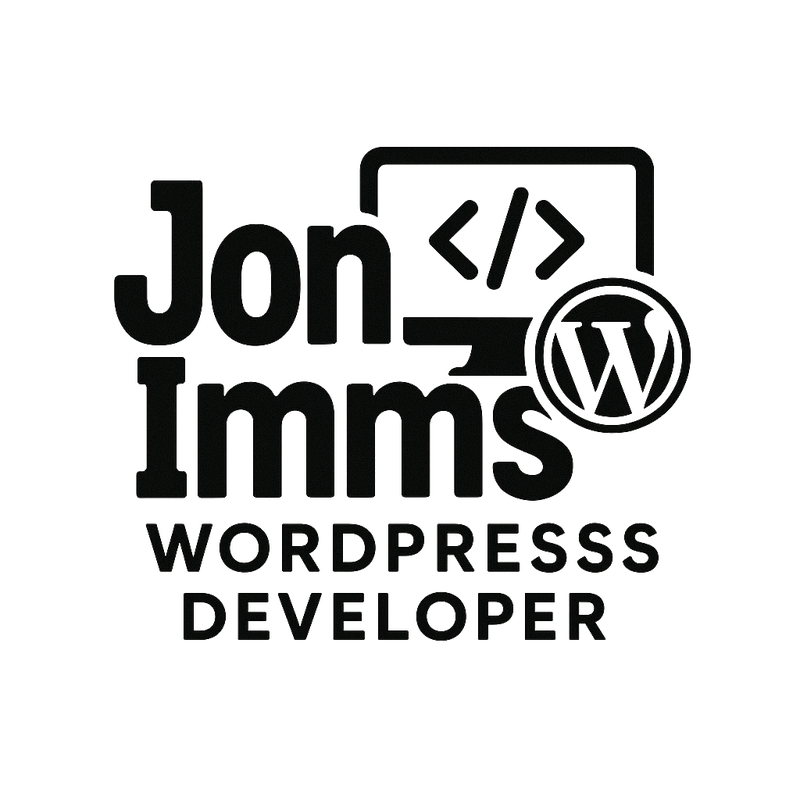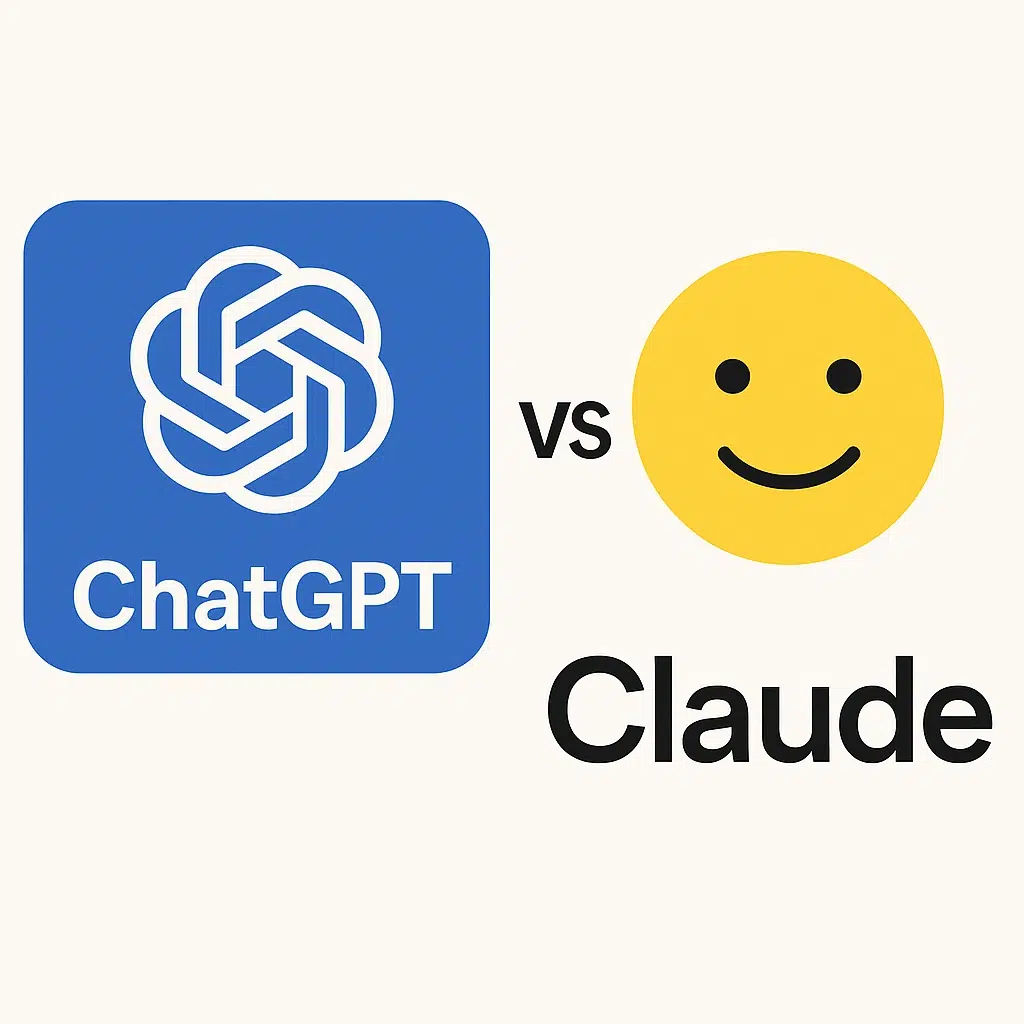Over the past few years, AI has gone from niche curiosity to essential tool for developers, writers, marketers, and everyday users. Two of the most powerful and talked-about AI models available today are ChatGPT by OpenAI and Claude by Anthropic. While both are large language models (LLMs) that generate human-like text, they differ in their design philosophies, training approaches, capabilities, and real-world use cases.
In this article, we’ll break down what sets ChatGPT and Claude apart—so you can decide which AI fits your needs best. We’ll cover:
- A brief overview of each
- Differences in training and safety
- Speed and accuracy
- Long context handling
- Practical examples
- Which one is better for developers
- Which one is better for writing
- Which one is better for business and customer service
- Final thoughts
🧠 What Is ChatGPT?
ChatGPT is OpenAI’s flagship conversational model, built on top of the GPT (Generative Pre-trained Transformer) architecture. The latest version, ChatGPT-4o, released in May 2024, is OpenAI’s most advanced model yet, offering:
- Text, image, and voice inputs/outputs
- Fast and multimodal interactions
- Memory capabilities
- Deep integration with tools like Python, browser, DALL·E, and code interpreters
OpenAI also offers APIs for developers to embed GPT into their apps and services via platform.openai.com.
🧬 What Is Claude?
Claude is Anthropic’s AI assistant, named after Claude Shannon, the father of information theory. It’s based on Anthropic’s Constitutional AI framework—designed to make it safer, more steerable, and more ethical in its outputs.
The latest version, Claude 3, was released in March 2024, and includes models like Claude 3 Opus (most powerful), Sonnet (balanced), and Haiku (fastest). Claude is available at claude.ai and through API access via Anthropic’s platform or Amazon Bedrock.
🏗️ Training Philosophy: ChatGPT vs Claude
🧪 ChatGPT – Reinforcement Learning from Human Feedback (RLHF)
ChatGPT relies on RLHF, where human trainers help fine-tune how the model responds to questions. OpenAI blends massive internet-scale data with feedback to improve helpfulness and safety. This approach prioritizes usefulness and versatility, often pushing the limits of creativity.
🧠 Claude – Constitutional AI
Claude uses Constitutional AI, a unique training method where the model is guided by a “constitution” of rules and values (e.g., be helpful, harmless, and honest). It critiques and adjusts its own answers based on this constitution, reducing the need for human oversight.
This leads to more transparent reasoning and generally safer outputs—but sometimes at the cost of assertiveness or creativity.
⚡ Speed & Performance
ChatGPT (GPT-4o): Fast, multimodal, supports streaming responses, great for developers and creators.
Claude 3: Haiku is very fast. Opus is powerful but a little slower. Best for document-based workflows.
📚 Context Window & Memory
- ChatGPT: 128k token limit, supports persistent memory, excellent for conversation continuity.
- Claude: 200k+ token limit, no memory across sessions, superior for large docs and analysis.
🛠️ Real World Use Cases (with Examples)
Example 1 – Blog Post Writing
ChatGPT = SEO-focused, CTA-ready
Claude = Balanced, research-heavy
Example 2 – Legal Summarization
ChatGPT = Quick TL;DR
Claude = Section-by-section summary with higher legal accuracy
Example 3 – Code Debugging
ChatGPT = Fast, helpful code fixes
Claude = Cautious suggestions, longer explanations
📞 Business Use: Which Is Better?
ChatGPT: Great for integration, support bots, and plugins.
Claude: Safer in regulated industries, better document handling, integrates with AWS Bedrock.
💬 Conversation Quality & Tone
| Feature | ChatGPT | Claude |
|---|---|---|
| Tone | Casual, friendly | Professional, formal |
| Humor | Creative and witty | Reserved |
| Creativity | High | Balanced |
| Transparency | Good | Excellent |
🔐 Safety, Bias, and Alignment
Claude leads with its self-correcting constitutional system, while ChatGPT relies on moderation and filters. Claude avoids risky topics more proactively; ChatGPT gives more flexible responses when properly prompted.
🧑💻 Developer Features
| Feature | ChatGPT | Claude |
|---|---|---|
| API Access | OpenAI Platform | Anthropic / AWS Bedrock |
| Tools & Plugins | Yes (Python, DALL·E, etc.) | No |
| Memory | Yes | No |
| Image Input | Yes (GPT-4o) | Yes |
| Streaming | Yes | Yes |
🏁 Final Verdict: Which Should You Use?
Use ChatGPT if you want speed, creativity, and tools (great for devs, creators, and power users).
Use Claude if you value long-context understanding, safe answers, and document parsing (great for legal, compliance, and enterprise workflows).
Best Setup: Use both! ChatGPT for creation and tools; Claude for accuracy and analysis.
✍️ Your Turn
Are you using ChatGPT or Claude in your daily workflow? Drop a comment or share how it helps you!


Leave a Reply